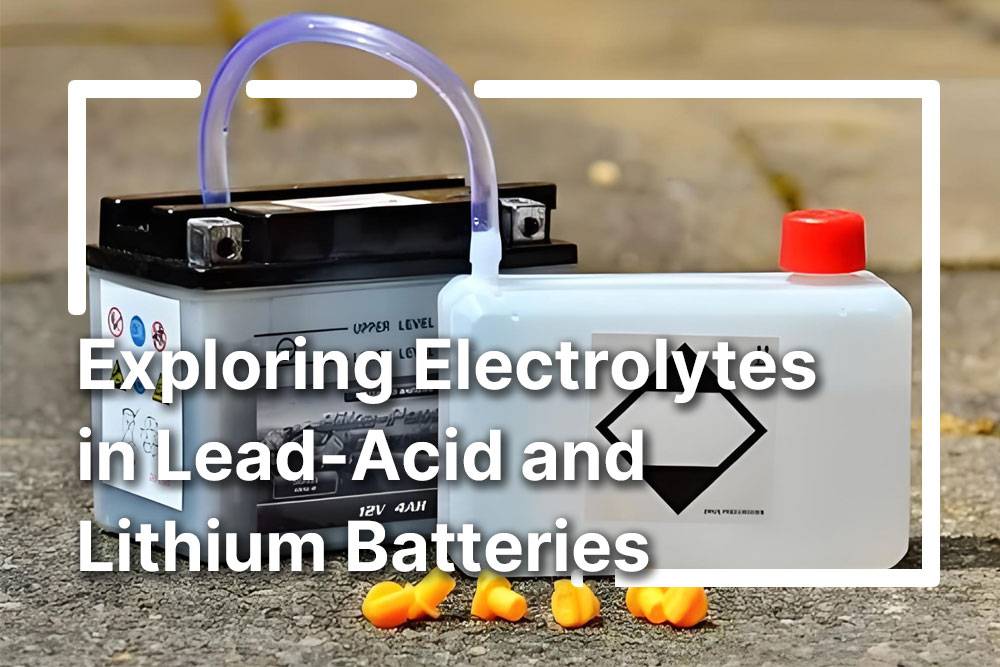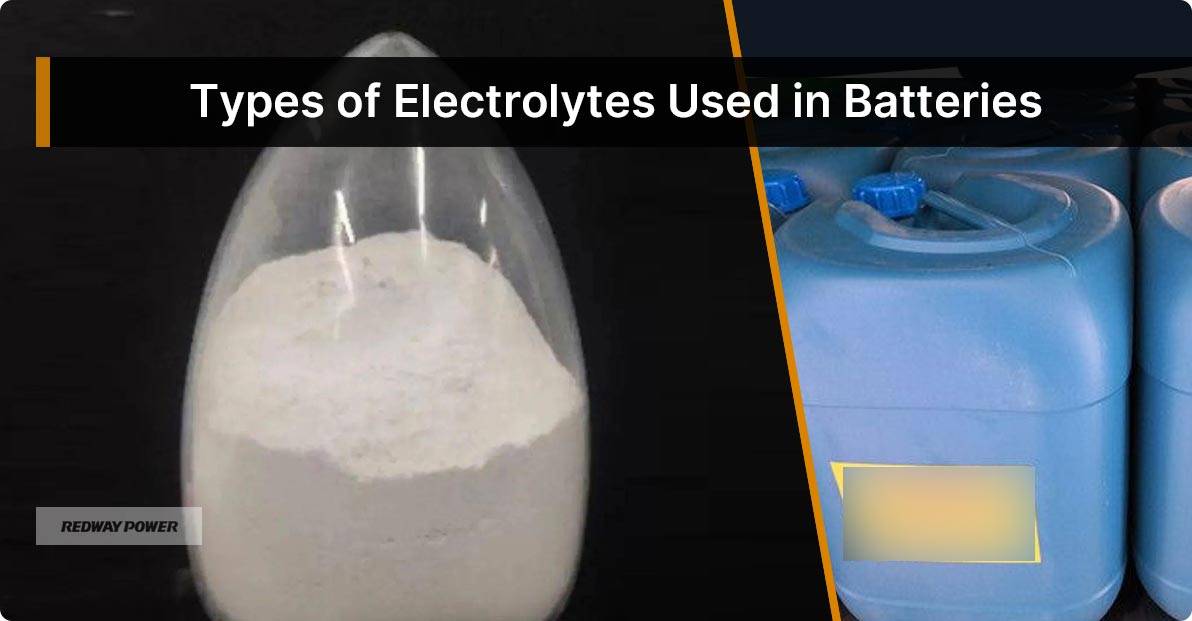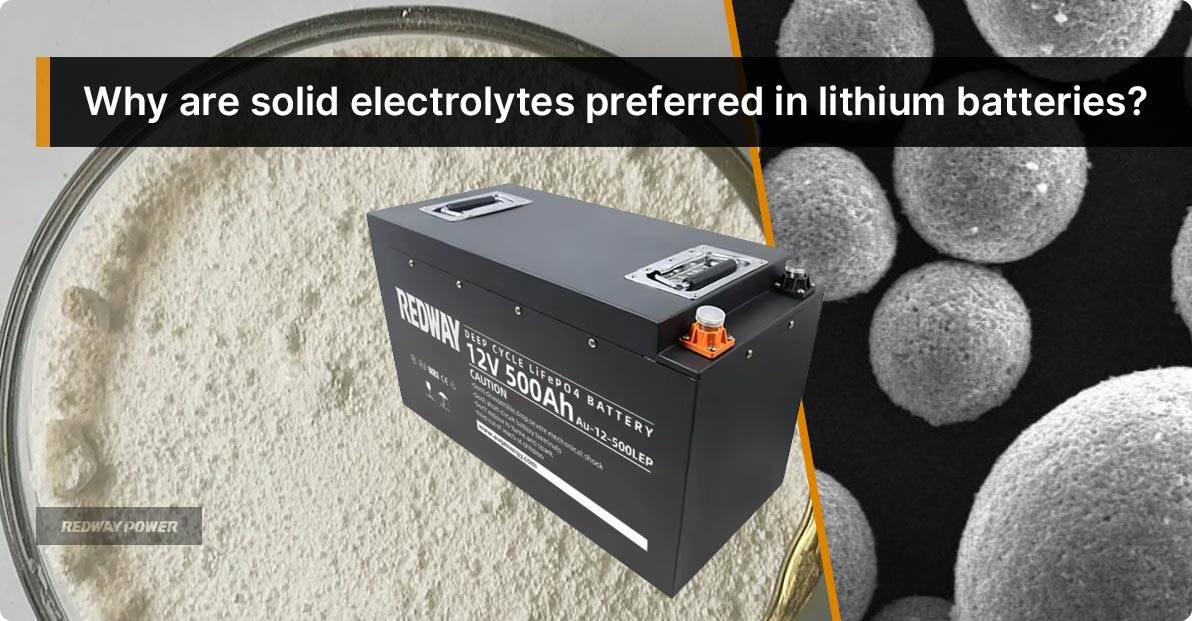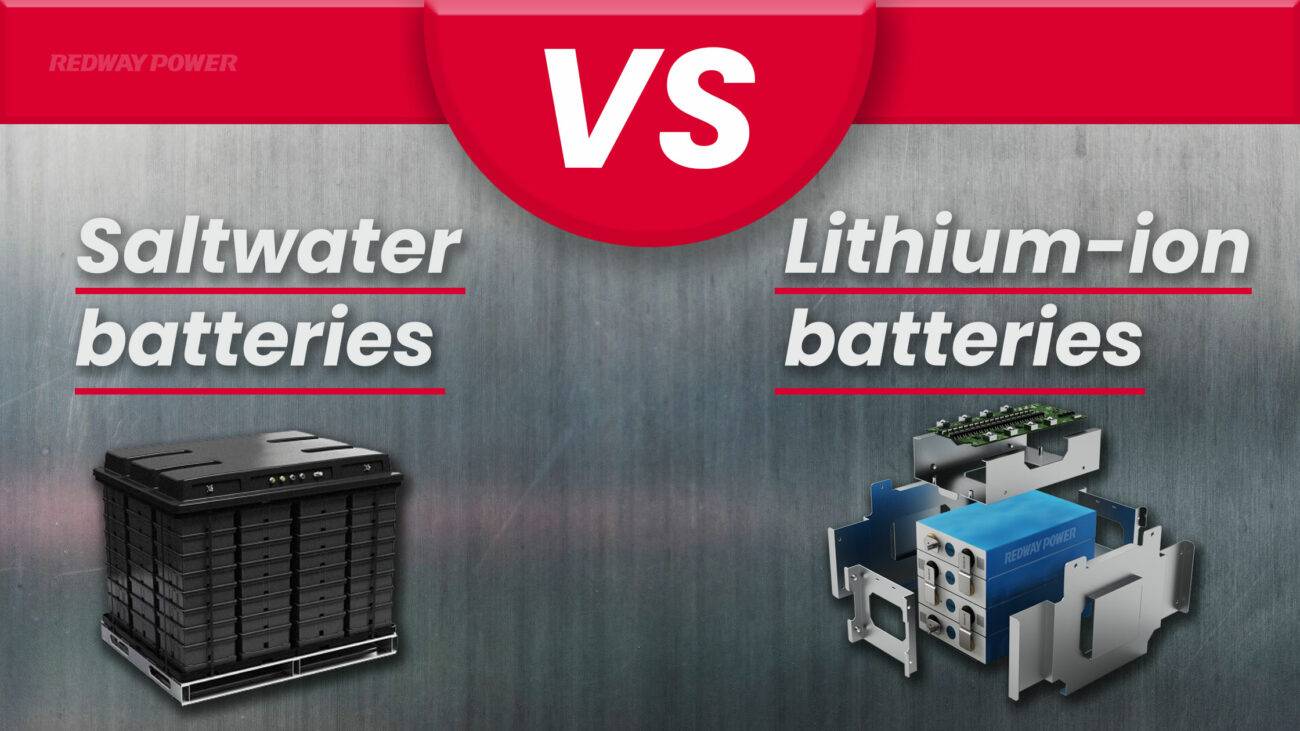- Forklift Lithium Battery
-
48V
- 48V 210Ah
- 48V 300Ah
- 48V 420Ah (949 x 349 x 569 mm)
- 48V 420Ah (950 x 421 x 450 mm)
- 48V 456Ah
- 48V 460Ah (830 x 630 x 590 mm)
- 48V 460Ah (950 x 421 x 450 mm)
- 48V 460Ah (800 x 630 x 600 mm)
- 48V 460Ah (820 x 660 x 470 mm)
- 48V 500Ah
- 48V 560Ah (810 x 630 x 600 mm)
- 48V 560Ah (950 x 592 x 450 mm)
- 48V 600Ah
- 48V 630Ah
-
48V
- Lithium Golf Cart Battery
- 12V Lithium Battery
12V 150Ah Lithium RV Battery
Bluetooth App | BCI Group 31
LiFePO4 Lithium
Discharge Temperature -20°C ~ 65°C
Fast Charger 14.6V 50A
Solar MPPT Charging - 24V Lithium Battery
- 36V Lithium Battery
- 48V Lithium Battery
-
48V LiFePO4 Battery
- 48V 50Ah
- 48V 50Ah (for Golf Carts)
- 48V 60Ah (8D)
- 48V 100Ah (8D)
- 48V 100Ah
- 48V 100Ah (Discharge 100A for Golf Carts)
- 48V 100Ah (Discharge 150A for Golf Carts)
- 48V 100Ah (Discharge 200A for Golf Carts)
- 48V 150Ah (for Golf Carts)
- 48V 160Ah (Discharge 100A for Golf Carts)
- 48V 160Ah (Discharge 160A for Golf Carts)
-
48V LiFePO4 Battery
- 60V Lithium Battery
-
60V LiFePO4 Battery
- 60V 20Ah
- 60V 30Ah
- 60V 50Ah
- 60V 50Ah (Small Size / Side Terminal)
- 60V 100Ah (for Electric Motocycle, Electric Scooter, LSV, AGV)
- 60V 100Ah (for Forklift, AGV, Electric Scooter, Sweeper)
- 60V 150Ah (E-Motocycle / E-Scooter / E-Tricycle / Tour LSV)
- 60V 200Ah (for Forklift, AGV, Electric Scooter, Sweeper)
-
60V LiFePO4 Battery
- 72V~96V Lithium Battery
- Rack-mounted Lithium Battery
- E-Bike Battery
- All-in-One Home-ESS
- Wall-mount Battery ESS
-
Home-ESS Lithium Battery PowerWall
- 24V 100Ah 2.4kWh PW24100-S PowerWall
- 48V 50Ah 2.4kWh PW4850-S PowerWall
- 48V 50Ah 2.56kWh PW5150-S PowerWall
- 48V 100Ah 5.12kWh PW51100-F PowerWall (IP65)
- 48V 100Ah 5.12kWh PW51100-S PowerWall
- 48V 100Ah 5.12kWh PW51100-H PowerWall
- 48V 200Ah 10kWh PW51200-H PowerWall
- 48V 300Ah 15kWh PW51300-H PowerWall
PowerWall 51.2V 100Ah LiFePO4 Lithium Battery
Highly popular in Asia and Eastern Europe.
CE Certification | Home-ESS -
Home-ESS Lithium Battery PowerWall
- Portable Power Stations
What Are Electrolytes in Lead-Acid and Lithium Batteries: Composition and Applications?

Electrolytes play a crucial role in the functionality of both lead-acid and lithium batteries, acting as the medium through which ions move between the anode and cathode during charging and discharging. Understanding their composition, differences, and applications is essential for optimizing battery performance across various technologies. This article delves into these aspects, highlighting key insights for both types of batteries.
What is the role of electrolytes in batteries?
Electrolytes are essential components of batteries, facilitating ion transport between electrodes. In a battery, when a chemical reaction occurs at the electrodes, electrolytes allow charged ions to move, completing the circuit and enabling electrical current flow. This movement is critical for both charging and discharging processes.Chart: Role of Electrolytes
| Function | Description |
|---|---|
| Ion Transport | Facilitates movement of ions between electrodes |
| Circuit Completion | Allows flow of electric current |
| Chemical Reaction Support | Enables reactions necessary for energy storage |
How do electrolytes differ between lead-acid and lithium batteries?
The primary difference lies in their composition:
- Lead-Acid Batteries: Use a liquid electrolyte composed mainly of sulfuric acid mixed with water.
- Lithium Batteries: Utilize non-aqueous liquid or solid electrolytes that contain lithium salts dissolved in organic solvents or solid-state materials.
This difference affects performance characteristics such as energy density, efficiency, and safety.Chart: Comparison of Electrolyte Types
| Battery Type | Electrolyte Composition | Characteristics |
|---|---|---|
| Lead-Acid | Sulfuric acid solution | High capacity; heavier; less efficient at low temperatures |
| Lithium | Lithium salts in organic solvents or solids | Higher energy density; lighter; better performance at low temperatures |
What are the common types of electrolytes used in batteries?
Common types include:
- Aqueous Electrolytes: Used primarily in lead-acid batteries; they provide high ionic conductivity but limited voltage stability.
- Organic Electrolytes: Found in lithium-ion batteries; they offer high voltage stability but can be flammable.
- Solid-State Electrolytes: Emerging technology that promises enhanced safety and energy density by replacing liquid electrolytes with solid materials.
Chart: Types of Electrolytes Overview
| Type | Description | Applications |
|---|---|---|
| Aqueous | Water-based solutions | Lead-acid batteries |
| Organic | Lithium salts dissolved in solvents | Lithium-ion batteries |
| Solid-State | Solid materials that conduct ions | Next-gen lithium and other advanced batteries |
Why is the composition of electrolytes important for battery performance?
The composition directly impacts several performance metrics:
- Ionic Conductivity: Determines how efficiently ions can move within the electrolyte.
- Voltage Stability: Affects how well the battery can maintain its charge without degrading.
- Thermal Stability: Influences safety during operation, especially under extreme temperatures.
Chart: Impact of Composition on Performance
| Metric | Importance |
|---|---|
| Ionic Conductivity | Higher conductivity leads to better efficiency |
| Voltage Stability | Essential for maintaining battery life |
| Thermal Stability | Critical for safety during operation |
What are the key characteristics of lead-acid battery electrolytes?
Lead-acid battery electrolytes have unique properties:
- High Density: The sulfuric acid solution has a specific gravity that varies based on charge state.
- Corrosiveness: The acidic nature can corrode metals if not handled properly.
- Temperature Sensitivity: Performance can degrade significantly at low temperatures.
Chart: Characteristics of Lead-Acid Electrolyte
| Characteristic | Description |
|---|---|
| Density | High specific gravity (up to 1.300) |
| Corrosiveness | Can damage surrounding materials |
| Temperature Sensitivity | Performance drops significantly below freezing |
How do lithium battery electrolytes function?
Lithium battery electrolytes facilitate ion movement between electrodes during charging and discharging:
- Ionic Conduction: They enable lithium ions to move freely, which is crucial for energy transfer.
- Electrochemical Stability: They must remain stable across a range of voltages to prevent breakdown.
- Safety Features: Advanced formulations aim to reduce flammability risks associated with traditional organic solvents.
Chart: Functionality Overview
| Function | Description |
|---|---|
| Ionic Conduction | Allows lithium ions to move during cycles |
| Stability | Must withstand various operational conditions |
| Safety | Formulations designed to minimize risks |
What innovations are emerging in electrolyte technology for batteries?
Recent innovations focus on improving performance and safety:
- Solid-State Electrolytes: Offering higher energy density and improved safety profiles compared to liquid counterparts.
- Advanced Organic Solvents: Development of new solvents that enhance conductivity while reducing flammability risks.
- Hybrid Systems: Combining solid-state and liquid technologies to leverage benefits from both types.
Why is safety a major concern with battery electrolytes?
Safety concerns arise primarily due to:
- Flammability: Many organic solvents used in lithium-ion batteries can ignite under certain conditions.
- Chemical Hazards: Aqueous solutions like sulfuric acid pose risks if spilled or improperly handled.
- Thermal Runaway Risks: Poor thermal management can lead to overheating, which may result in fires or explosions.
How do aqueous and non-aqueous electrolytes compare in performance?
Aqueous versus non-aqueous electrolytes differ significantly:
- Conductivity: Aqueous solutions generally provide higher ionic conductivity but lower voltage stability compared to non-aqueous systems.
- Temperature Range: Non-aqueous systems typically perform better under extreme temperatures, while aqueous solutions are limited by freezing points.
- Safety Profile: Aqueous systems have lower flammability risks compared to many non-aqueous options.
Chart: Aqueous vs Non-Aqueous Comparison
| Feature | Aqueous Electrolyte | Non-Aqueous Electrolyte |
|---|---|---|
| Conductivity | High | Moderate |
| Temperature Range | Limited by freezing | Wider operating range |
| Safety | Lower flammability risk | Higher risk with certain solvents |
What are the challenges associated with electrolyte stability in batteries?
Challenges include:
- Degradation Over Time: Many liquid electrolytes degrade with repeated cycling, reducing overall battery life.
- Electrochemical Instability: Some formulations may break down at high voltages, leading to reduced effectiveness.
- Temperature Sensitivity: Performance can vary widely based on temperature fluctuations.
How do temperature and environmental conditions affect electrolyte performance?
Temperature significantly impacts electrolyte performance:
- Low Temperatures: Can decrease ionic conductivity, leading to reduced efficiency.
- High Temperatures: May increase degradation rates, affecting lifespan and safety.
- Humidity Levels: In aqueous systems, high humidity can affect corrosion rates and overall stability.
Industrial News
The demand for advanced battery technologies continues to rise as industries seek more efficient energy storage solutions. Recent developments highlight significant progress in solid-state electrolyte research, which promises enhanced safety features and improved performance metrics compared to traditional liquid systems. Companies are increasingly investing in these technologies as they aim to meet growing consumer demand for electric vehicles and renewable energy storage solutions.
Redway Power Insights
“Understanding the role of electrolytes is crucial for optimizing battery technology,” states an industry expert. “As we advance towards more sustainable energy solutions, innovations in electrolyte chemistry will play a pivotal role in enhancing performance while ensuring safety.”

How is the lead storage battery’s typical electrolyte selected?
When choosing electrolytes for lead storage batteries, manufacturers consider sulfuric acid concentration (usually 28-32%) for optimal conductivity and viscosity for proper flow. Compatibility with lead electrodes prevents corrosion. Selection involves evaluating various properties for battery performance.
Choosing the right electrolyte for lead storage batteries is like finding the perfect recipe for baking a cake – every ingredient matters. It’s essential for making sure the battery works properly and lasts a long time.
- Acid Concentration:
- Manufacturers pick sulfuric acid with a concentration between 28-32%.
- This balance ensures the battery conducts electricity well and performs efficiently.
- Viscosity:
- They also check how thick the electrolyte is.
- If it’s too thick, it won’t flow properly in the battery.
- Stability:
- The electrolyte must remain stable over many charge-discharge cycles.
- This stability ensures the battery lasts a long time and works reliably.
Selecting the right electrolyte for lead storage batteries involves considering factors like acid concentration, viscosity, and stability. It’s like finding the perfect blend of ingredients for baking a cake – each component contributes to the battery’s overall performance and longevity.
What effects does battery electrolyte composition have on performance?
Battery electrolyte composition significantly impacts performance. For instance, in lithium-ion batteries, it affects stability and longevity. Additives can enhance conductivity and prevent unwanted reactions. Impurities may cause issues like dendrite formation. Choosing the right composition is crucial for efficiency and durability, whether in electronics or electric vehicles.
Understanding how battery electrolyte composition affects performance is essential for optimizing battery efficiency and lifespan.
- Impact on Stability and Longevity: Different electrolyte compositions affect the stability of lithium-ion batteries. Some formulations enhance stability, contributing to longer battery lifespan.
- Enhanced Conductivity and Prevention of Unwanted Reactions: Additives in electrolyte formulations improve conductivity and prevent undesirable chemical reactions, ensuring better battery performance over time.
- Issues Caused by Impurities: Contaminants in electrolytes can lead to problems like dendrite formation, which reduces battery efficiency and lifespan.
Selecting the right electrolyte composition is critical for achieving optimal battery performance across various applications.
Why are solid electrolytes preferred in lithium batteries?
Solid electrolytes are favored in lithium batteries due to their safety and stability. They reduce leakage and combustion risks compared to liquid ones. Moreover, solid electrolytes enable higher energy density, better performance in extreme conditions, and simpler battery design. With lower internal resistance, they enhance efficiency and prevent short circuits, promising longer battery life.
Solid electrolytes are becoming popular in lithium batteries due to their unique benefits. They offer improved safety, stability, and performance compared to liquid electrolytes. Here’s why they’re preferred:
- Enhanced safety and stability: Solid electrolytes reduce the risk of leakage and combustion, making lithium batteries safer for use in various applications.
- Higher energy density: Compared to liquid electrolytes, solid counterparts enable higher energy density, allowing batteries to store more energy in the same volume.
- Simplified design: Solid electrolytes eliminate the need for a separator, simplifying battery design and manufacturing processes. This leads to cost savings and potentially more reliable batteries.
Solid electrolytes are paving the way for safer, more efficient, and longer-lasting lithium batteries, driving advancements in energy storage technology.

Why do solid polymer electrolytes enhance lithium-ion battery technology?
Why do solid polymer electrolytes enhance lithium-ion battery technology? Solid polymer electrolytes improve battery safety and efficiency, preventing leaks and fires while increasing longevity and performance through enhanced conductivity and durability.
Solid polymer electrolytes are like the safety guards of lithium-ion batteries, making them better and safer. They’re solid, not liquid, so there’s no risk of leaks or fires. Plus, they’re more efficient, meaning batteries can last longer and perform better.
- Safety First: Solid polymer electrolytes are safer than liquid ones. They don’t leak or catch fire, making batteries less risky to use.
- Improved Performance: These solid electrolytes help batteries last longer and work better. They conduct electricity well, so batteries can charge and discharge more efficiently.
- Longer Lifespan: With solid polymer electrolytes, batteries can withstand more charging cycles without losing their capacity. This means they last longer and stay useful for a more extended period.
In summary, solid polymer electrolytes are like the superheroes of battery technology, keeping us safe while making our devices last longer and work better.
What’s the significance of developing electrolyte single-ion conductors for lithium metal batteries?
Developing single-ion conductors for lithium batteries improves safety and performance. These materials help ions move efficiently, reducing the risk of short circuits and extending battery life. With better ion transport, batteries can store more energy and deliver power more effectively, making them ideal for various applications like electric vehicles and portable electronics.
Developing single-ion conductors for lithium batteries is a crucial step forward in battery technology. These materials enhance the movement of ions within batteries, improving their safety and performance.
- Enhanced Safety: Single-ion conductors help prevent short circuits in batteries by facilitating smoother ion movement. This reduces the risk of overheating and potential accidents, making lithium batteries safer to use.
- Improved Performance: With better ion transport, batteries can store more energy and deliver power more efficiently. This enhances the overall performance of lithium batteries, making them suitable for a wide range of applications, from electric vehicles to electronic devices.
- Application Versatility: The development of single-ion conductors expands the versatility of lithium batteries, allowing them to be used in various industries and applications. This includes powering electric vehicles, storing renewable energy, and powering portable electronic devices.
Conclusion: Overall, the development of single-ion conductors represents a significant advancement in lithium battery technology. It enhances safety, improves performance, and broadens the potential applications of lithium batteries across different sectors.
How does the electrolyte function in a lithium-ion battery?
A lithium-ion battery relies on liquid electrolytes to enable the movement of lithium ions between its electrodes. This process stabilizes the electrodes, enhances battery lifespan, and boosts overall performance. The electrolyte serves as one of the battery’s essential components, facilitating its function.
Understanding how a lithium-ion battery works involves knowing about its liquid electrolytes. These electrolytes play a crucial role in the battery’s function by allowing lithium ions to move back and forth between its electrodes.
- Facilitating Ion Movement: Liquid electrolytes enable the movement of lithium ions (Li+) between the battery’s anode and cathode. This movement is essential for the battery to generate electrical energy.
- Stabilizing Electrodes: The electrolyte helps stabilize the surfaces of the anode and cathode within the battery, ensuring smooth ion movement and preventing degradation.
- Enhancing Lifespan and Performance: By stabilizing the electrodes, the electrolyte extends the battery’s lifespan and enhances its overall performance. This results in a longer-lasting and more efficient energy storage solution.
In summary, the liquid electrolyte is a vital component of lithium-ion batteries, allowing them to function effectively and provide the power needed for various applications.

Why address lithium battery electrode corrosion, and how’s aluminum’s impact?
Lithium battery electrode corrosion needs addressing due to its negative effects on battery performance and lifespan. Aluminum helps by forming a protective layer on the electrode, preventing further corrosion and ensuring stable battery operation. Understanding and improving electrolyte composition in lead-acid and lithium batteries, along with exploring solid electrolytes, are vital for advancing battery technology’s efficiency and safety.
Addressing lithium battery electrode corrosion is important for battery performance and longevity. Aluminum plays a vital role in preventing corrosion and ensuring stable battery operation.
- Corrosion Impact: Lithium battery electrode corrosion can lead to capacity loss, reduced efficiency, and safety hazards. It’s crucial to address this issue to maintain battery performance over time.
- Aluminum’s Role: Aluminum helps by forming a protective layer on the electrode surface, preventing further corrosion and ensuring stable battery operation.
- Improving Battery Technology: Understanding electrolyte composition and exploring solid electrolytes are essential for enhancing battery efficiency and safety, driving innovation in energy storage technology. Continued research in this area is vital for sustainable and high-performing batteries.
























